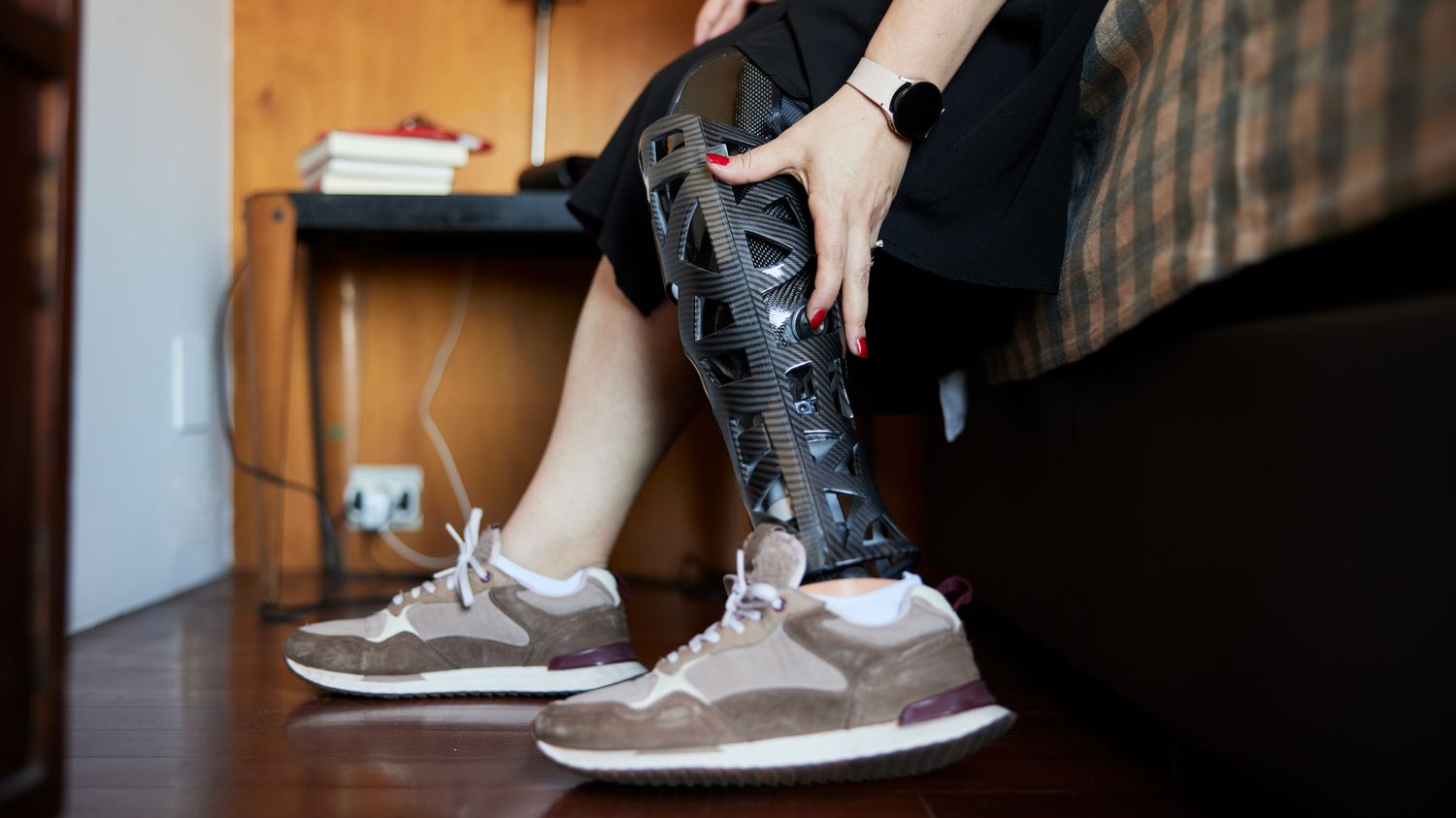The Paralympic Games are highlighting advances in prosthetics. Soon, we will go even further with models that behave exactly like natural limbs. Very promising foot prostheses have already been tested.

Published
Updated
Reading time: 2 min

Amputees will finally be able to consider their prosthetics, especially their feet, as a natural part of their bodies. One might think that this is already the case given the exploits of some Paralympic athletes. In fact, current prosthetics are more like canes or slightly more sophisticated crutches.
They sometimes require a long learning curve to be able to walk with them. And these prostheses do not cure the sensation of “phantom limb”, this painful way of still feeling the presence of a limb even though it has been amputated. A problem that can cause itching and sometimes disabling pain.
MIT researchers have developed the first prosthetic foot that is controlled directly by the brain. There is almost no learning involved and, above all, you “feel” it, which avoids the famous discomfort or pain of a “phantom limb”.
To do this, there is no need to implant anything in the brain. The novelty comes from the signal directly recovered from the nerve endings of the tibia and calf muscles, before being transmitted to the prosthesis’ motors. Thus, it is controlled exactly as one would control one’s own foot. Those who have tried it can, for example, go down the stairs without thinking, by instinct, as an able-bodied person would. Their posture, their speed, their gait… Everything becomes much more natural. It really is the prosthesis of the future. The work has just been published in the scientific journal Nature.
For now, seven people have already followed the protocol at Brigham and Women’s Hospital in Boston. So the system works but remains experimental. The real goal of the researchers is to go so far as to avoid surgery when recovering the signal from the muscles, using simple surface electrodes. We would then have the ideal prosthesis: a new part of the body without any surgery!
